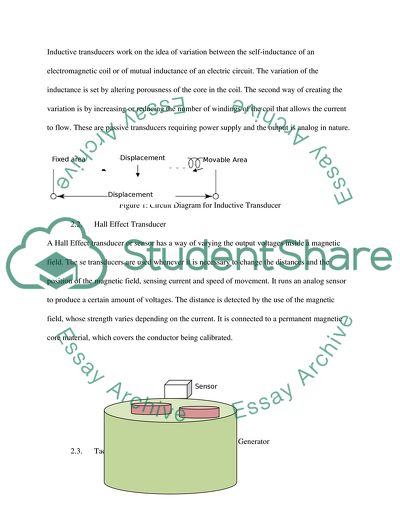Cite this document
(Types of Transducers and the Sensors that Make Up The Sensor Kit Coursework Example | Topics and Well Written Essays - 2000 words, n.d.)
Types of Transducers and the Sensors that Make Up The Sensor Kit Coursework Example | Topics and Well Written Essays - 2000 words. https://studentshare.org/engineering-and-construction/1810464-types-of-transducers
Types of Transducers and the Sensors that Make Up The Sensor Kit Coursework Example | Topics and Well Written Essays - 2000 words. https://studentshare.org/engineering-and-construction/1810464-types-of-transducers
(Types of Transducers and the Sensors That Make Up The Sensor Kit Coursework Example | Topics and Well Written Essays - 2000 Words)
Types of Transducers and the Sensors That Make Up The Sensor Kit Coursework Example | Topics and Well Written Essays - 2000 Words. https://studentshare.org/engineering-and-construction/1810464-types-of-transducers.
Types of Transducers and the Sensors That Make Up The Sensor Kit Coursework Example | Topics and Well Written Essays - 2000 Words. https://studentshare.org/engineering-and-construction/1810464-types-of-transducers.
“Types of Transducers and the Sensors That Make Up The Sensor Kit Coursework Example | Topics and Well Written Essays - 2000 Words”. https://studentshare.org/engineering-and-construction/1810464-types-of-transducers.


